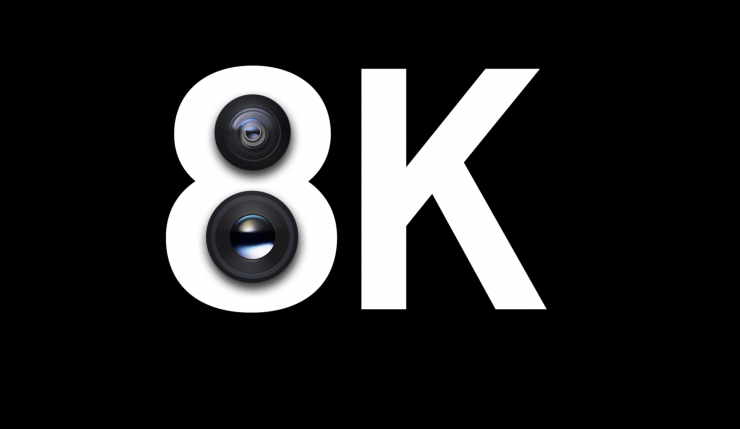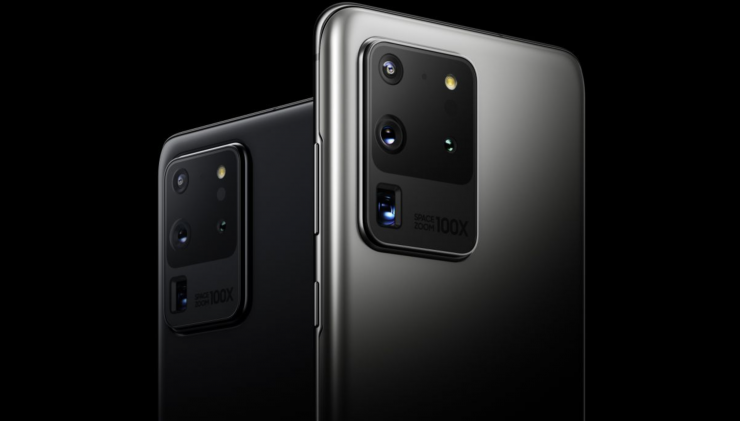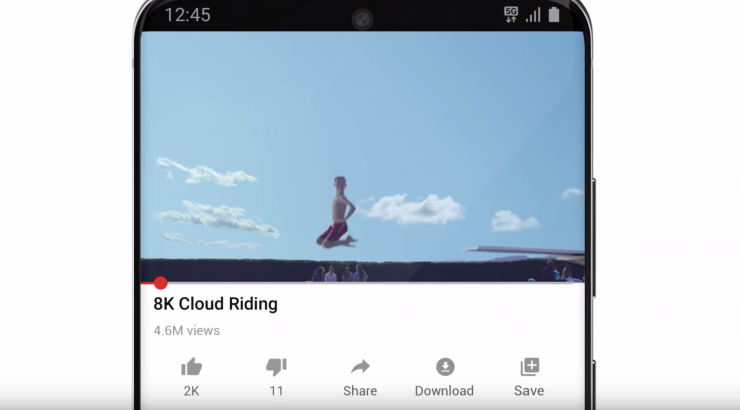Samsung announced the Galaxy S20 which can record 8K videos at 24fps. The Galaxy S20 has the highest-resolution video on any currently available smartphone.

Look, I applaud innovation and any improvement in image capture from any device is welcomed. What I have a problem with is manufacturers throwing around Ks and trying to tell consumers that is all that matters. In the Samsung release material and introduction video, it is all about 8K. Here’s a thought, why don’t manufacturers focus on better dynamic range and better color reproduction instead of just increasing the K count?
Samsung states that the new phone is A massive leap forward in resolution for photography and cinema-quality video. Using the term cinema-quality video is certainly a stretch. Cinema quality isn’t about the amount of resolution you can capture, but Samsung’s marketing department wants potential buyers to think they can capture cinema-quality footage from their smartphone.

You can certainly make a good argument that there are valid reasons why you would want to film in 8K. For a lot of people, I think the main reason would be to pull 33-megapixel stills directly from the 8K video. For a professional, it could be a good option for grabbing that occasional quick shot where you could crop in and stabilize the footage if need be.
People shouldn’t confuse resolution with quality. We shot with a prototype Sharp 8K prosumer camera last year and that clearly showed that just because you slap 8K on the side of a camera it doesn’t mean you are going to get great results.
Who actually knows what the quality of the 8K video on the Galaxy S20 actually looks like. It could be awful for all we know.
So let’s have a closer look at just what the Galaxy S20 is capable of when recording video:
RECORDING RESOLUTIONS & FRAMERATES
- 8K video recording at 24 fps (7680×4320)
- 4K UHD video recording at up to 60 fps (3840×2160)
- 1080p FHD video recording at up to 60 fps (1920×1080)
- 720p HD video recording at up to 30 fps (1280×720)
SLOW MOTION & OTHER VIDEO FEATURES
- Super Slow-mo 720p video support at 960 fps*
- Slow motion 1080p video support at 240 fps*
- Hyperlapse 1080p video support
- HDR10+ recording*
- VDIS (Video Digital Image Stabilization)*
- Digital zoom up to 20x on Galaxy S20 Ultra
- Digital zoom up to 12x on Galaxy S20 and S20+
- High CRI LED Flash
- Tracking AF
- Take 33MP still photos while playing 8K video
- Playback zoom
- Video location tags
*HDR10+ recording is currently in beta and only available on the rear camera. Quality may vary based on sharing platform and playback environment; HDR10+ color is only available on supported devices or platforms.
*Super Slow-mo only supports HD resolution. On Galaxy S20 and S20+, users can record approximately 1 second of video captured at up to 960 fps with approximately 32 seconds of playback. On Galaxy S20 Ultra, users can record approximately 1 second of video captured at 480 fps and digitally enhance the video to 960 fps with approximately 32 seconds of playback.
*Super steady is only available when shooting in Full HD.
There are quite a few caveats for shooting 8K on the Galaxy S20. First of all, you can only shoot 24 fps (I’m assuming they mean 23.98p). There are no 25 or 30fps options available. The Super Steady function only works in HD resolutions. You can also only shoot for 5 minutes at a time when recording in 8K.
The biggest problem is going to be when it comes to storage space. 5 minutes of 8K footage with take up roughly 3GB of storage. So that’s roughly 600MB of storage that you will chew through every minute. The footage gets recorded in the HEIC format.
The flagship Galaxy S20 Ultra is available with up to 512GB of internal memory. The phone also supports up to 1TB of external storage through the use of microSD cards. You could just carry around additional MicroSD cards I guess. But seriously, who do you know that carries around additional MicroSD cards with their phone?

In Samsung’s launch video, they show the video being uploaded to YouTube in 8K. They make it look like it is a super quick process. The other glaring issue is who is going to actually be watching any of this footage in 8K? Most people consuming YouTube content are watching it on mobile devices or laptops.
What do you think about having 8K on a smartphone? Let us know in the comments section below.





